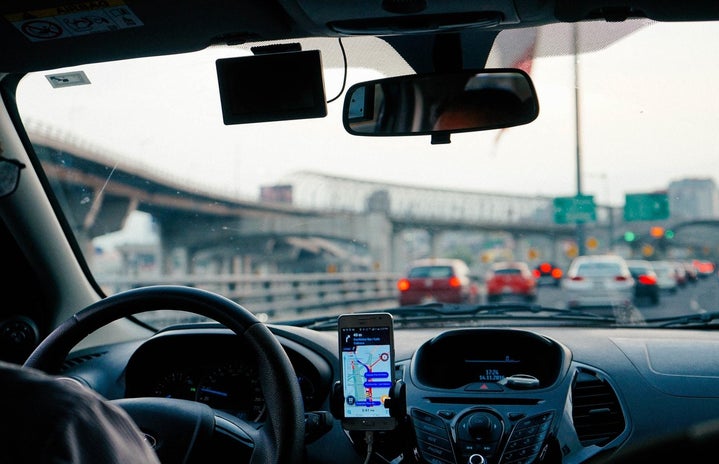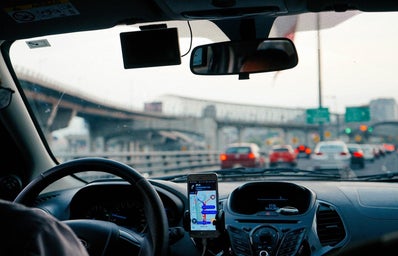Uber, an online transportation network, just celebrated its sixth year in service, yet the ride sharing service still faces serious safety concerns like sexual assault allegations.
The Uber app links to a credit card that the rider places on their account, which means riders don’t need to use cash or tip their driver like in a taxi. Convenience and affordable cost aside, Uber has seen a plethora of alleged sexual assault and harassment incidents.
Just one week ago, a Grand Jury indicted a Tennessee Uber driver on two counts of aggravated rape after he assaulted an intoxicated woman on Halloween night. The woman’s friend requested the Uber and tracked the ride on her phone, noticed the car going off-course and went to the victim’s house to find she had been assaulted. A mere three day ago, two Uber drivers were charged with sexual assault after making sexual advances toward Michigan State University students.
So how safe are ride-sharing services such as Uber? The Uber app allows its users to set their pickup and drop-off locations and request their ride with a click of a button. A nearby driver will pick up the user. Before the driver arrives, the user can see their driver’s photo, vehicle details including the model and license plate and track their driver’s estimated time of arrival on a map. Most Uber cars are also designated with a logo sticker in the window of the car as well.
Safety precautions are important for riders and drivers both. Some Uber drivers even place cameras in their cars to record their rides. This month, Uber told Business Insider that they had only five claims of rape and “less than 170” cases of sexual assault reported between December 2012 and August 2015.
“Our analysis [of our data] shows five tickets that allege actual rape occurred and 170 tickets with a legitimate claim of sexual assault (1 in every 3.3 million trips),” an Uber statement reads. “Bear in mind that when serious incidents occur, people often report them directly to law enforcement. Therefore, those incidents may not be reflected in the numbers above.”
One important difference between requesting an Uber to pick you up and hailing a taxi is that taxi services are regulated; they have rules put in place. When taxis were unregulated, it led to increased ride prices, decreased vehicle quality and unpredictable fares. Since Uber is unregulated, they are free to charge its users surge pricing at any time, meaning they can increase the fare price and make it hard for riders to know exactly how much they’re paying.
Since Uber is an up-and-coming business currently servicing nearly 400 cities, all users should follow these safety precautions when riding:
- Check the identity of the driver before you get in. Uber gives their riders information about the driver including their driver’s first name, their photo, their license plate number, a picture of the vehicle and their driver’s rating. Uber riders should make sure to check the car and license plate number before entering the vehicle.
- Ask the driver their name. This is an easy way to help with verifying their identity. Don’t address them by their name. When you go into the car, ask them for their name. You can also ask “who are you here for?” to verify that it is your Uber.
- Tell a friend. Just in case something happens, make sure you utilize the app to notify a contact. You can share trip details, including the estimated time of arrival and your specific route by sending someone a link directly from the Uber app.
- Don’t ride in the front seat. Passengers who ride upfront, especially women, have found themselves in more danger of being on the receiving end of assaults and other aggressive unwanted behaviors. If you’re riding by yourself, opt for the back seat.
- Wait inside a safe place for your Uber. By waiting inside you can be safer and comfortable. This prevents you from waiting in a potentially unsafe environment alone, especially at night. You also have the chance to verify the car and driver from a safe place and cancel if need be.
- Pay attention to a driver’s rating on the app. After each ride, Uber allows the rider to “rate” their driver on a five-star system. Check your drivers rating; if it’s a low rating don’t hesitate to change your Uber. Those ratings are low for a reason.
- Trust your gut. If you have any bad feeling at all about your situation it’s perfectly fine to cancel the ride. Your instincts are trying to tell you something and it’s better to be safe than sorry, always.


